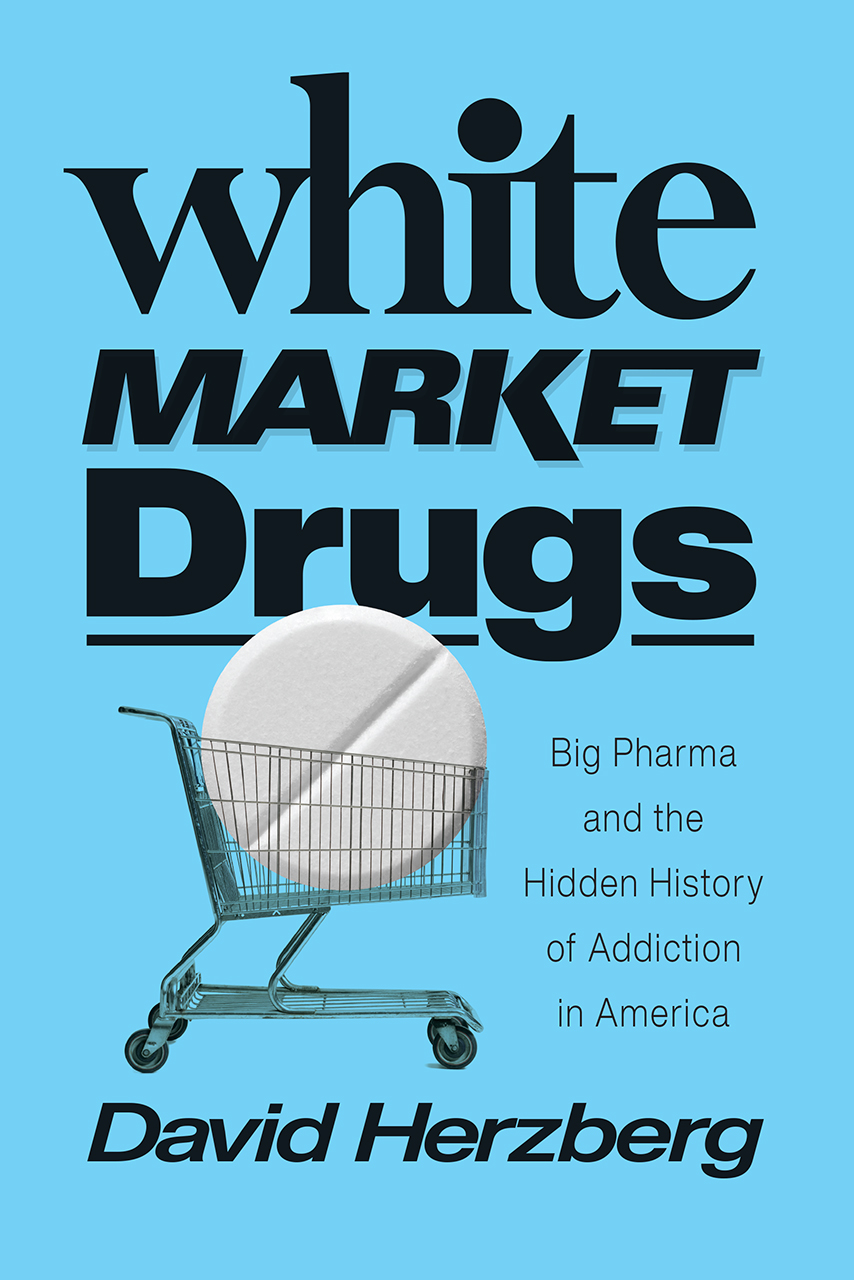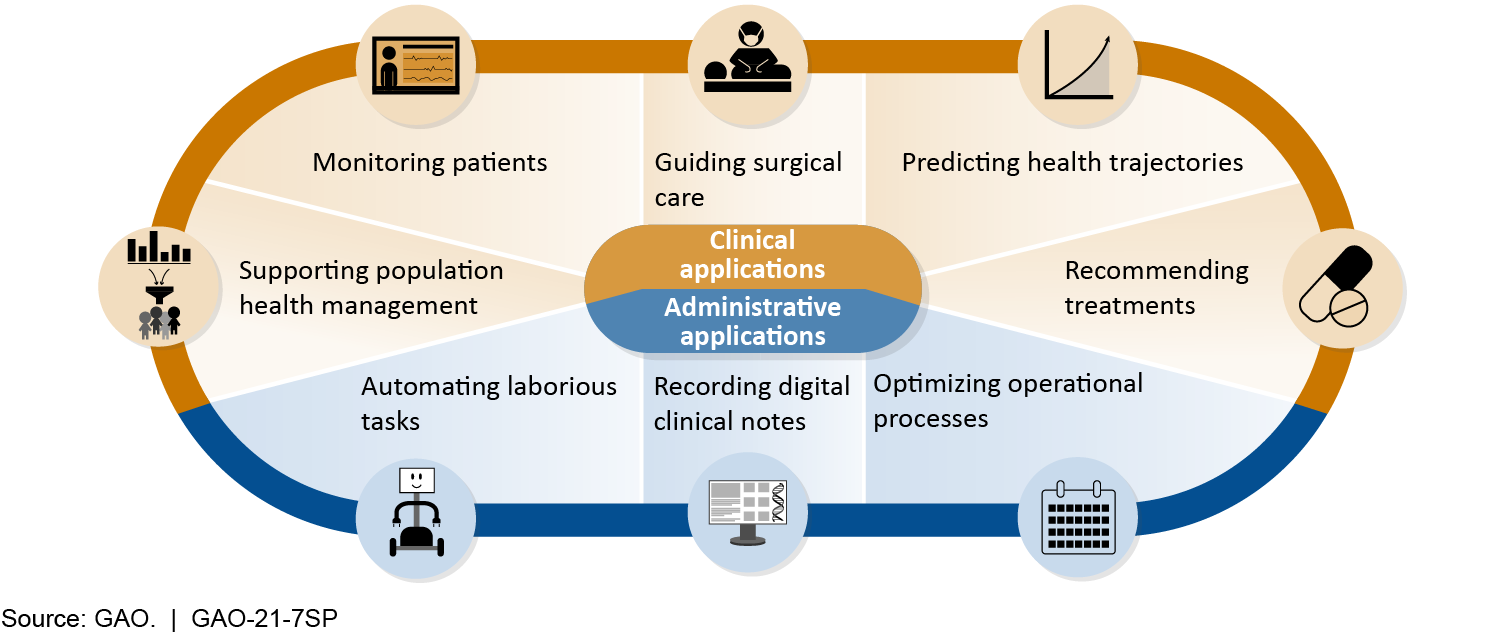White Market Drugs. BIG PHARMA AND THE HIDDEN HISTORY OF ADDICTION IN AMERICA
A book to understand the contribution to addiction over a century.
By showing how the twenty-first-century opioid crisis is only the most recent in a long history of similar crises of addiction to pharmaceuticals, Herzberg forces us to rethink our most basic ideas about drug policy and addiction itself—ideas that have been failing us catastrophically for over a century.
This is the outline:
IntroductionThe First Crisis
1 Drug wars and white markets
2 “Legitimate addicts” in the first drug war
3 Preventing blockbuster opioids
The Second Crisis
4 Opioids out, barbiturates in
5 A new crisis and a new response
6 White markets, under control
The Third Crisis
7 White market apocalypse
Conclusion: Learning from the past
Appendix: White market sales and overdose rates, 1870–2015











